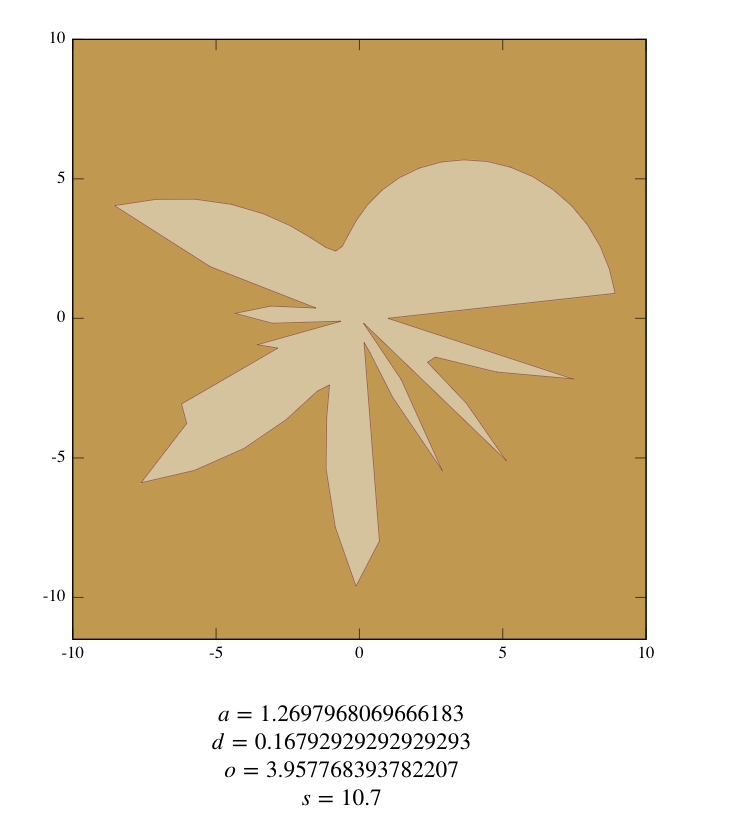This uses a proxy to make sure all keys/props of an object are always defined.
1 2 3 4 5 6 7 8 9 10 11 12 13 14 15 16 17 18 19 20 21 22 23 24 25 | let spec = { get: (o, key) => { return o[key] != null ? o[key] : o[key] = O(); }, set: (o, key, v) => { o[key] = v; } }; let O = () => { return new Proxy({}, spec); }; let dynamic = O(); dynamic.prop.creation = 'is interesting'; dynamic.prop.stuff.not.clear.what.this.could.be.used.for = 123; // log out full structure let f = (o) => { for (let i in o) { console.log(o[i]); if (typeof o[i] === 'object') f(o[i]); } }; f(dynamic); |
Outputs:
Proxy {creation: "is interesting", stuff: Proxy}
is interesting
Proxy {not: Proxy}
Proxy {clear: Proxy}
Proxy {what: Proxy}
Proxy {this: Proxy}
Proxy {could: Proxy}
Proxy {be: Proxy}
Proxy {used: Proxy}
Proxy {for: 123}
123



